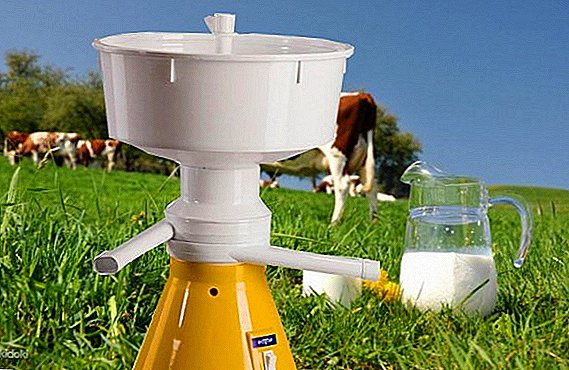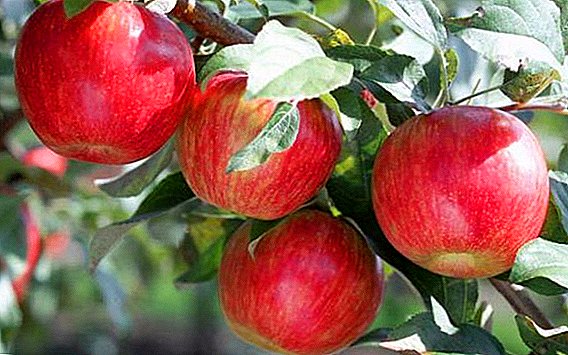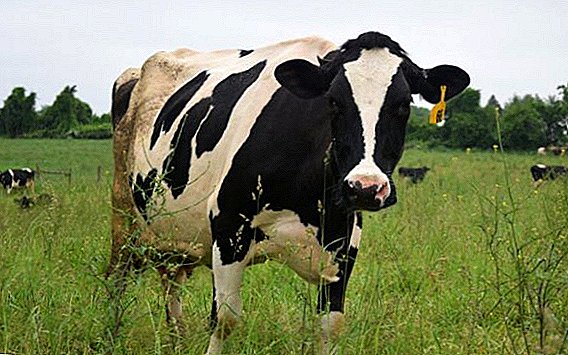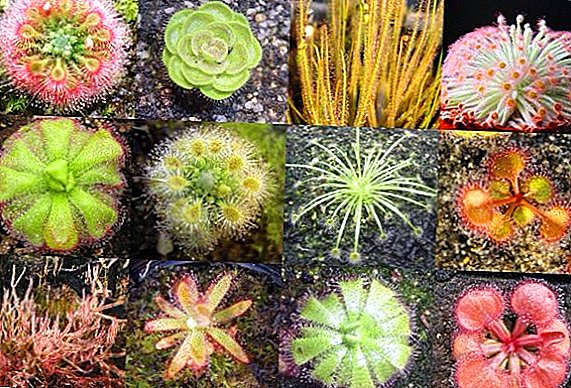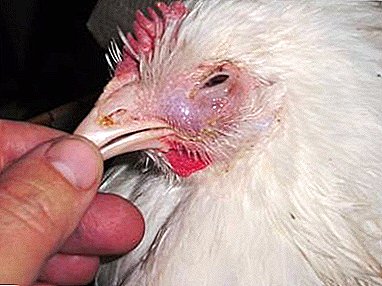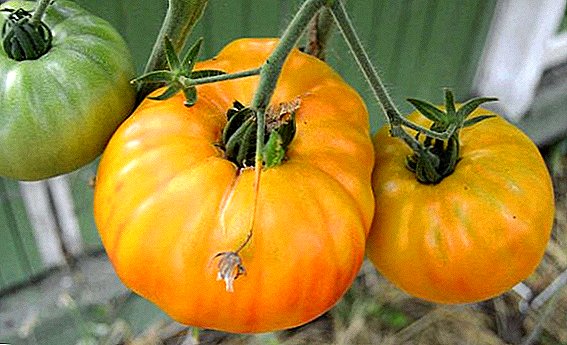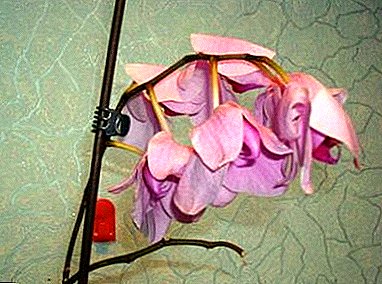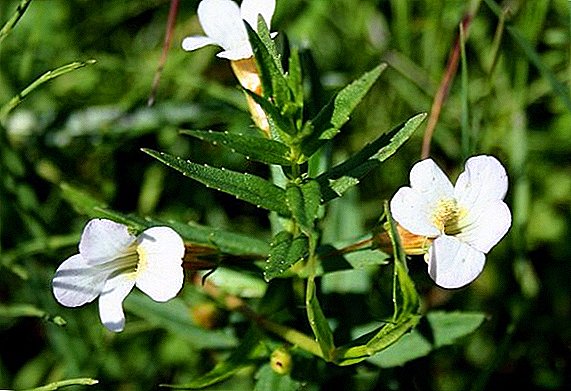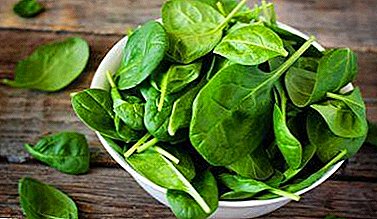
Useful properties of spinach are preserved only if the crop was properly and timely harvested. This plant is among the early ripening, besides it is completely not afraid of frosts, respectively, can please the owners from spring to late autumn.
Our article will tell you when to remove a vegetable from the garden, how to do it correctly and whether its leaves grow after cutting. And also how many times a year does spinach yield crops and is it possible to use overripe leaves.
When can I cut the finished vegetable?
Harvest fresh, juicy, extremely healthy spinach leaves can be already after 3 or 4 weeks after planting. The exact time depends on many factors, among which the most important are the plant variety and weather conditions.
The most useful are tender bright green leaves, fragile and juicy. The stem of young spinach is thin and brittle. If the stem has become thick and fibrous, the plant is over-ripe, its leaves are likely to become bitter and lose their beneficial properties. Similarly, if the leaves appear yellow or brown spots, holes and other damage.
The main criterion for collecting is very simple - this is the appearance of the bush.: as soon as the number of leaves on the plant has reached 5-6, you can safely reap the fruits of your labors and serve elegant, bright greens on the table. This period usually lasts until the appearance of 9–12 leaves, then practically all varieties begin to rifle.
Important! Do not be late with the cut of spinach, this plant very quickly oversweeps, forming stems, after which it becomes unfit for food. In addition to the almost complete loss of taste and most vitamins, coarse spinach leaves accumulate a fairly large amount of oxalic acid, which is harmful to the human body.
How to use overripe leaves?
If desired, leaves of overripe spinach can be used in home cosmetology.For example, in the manufacture of anti-aging face mask.
For this:
- Greens are crushed and boiled in milk for several minutes.
- Then put on the face the resulting gruel.
- After 20 minutes, wash off and apply a moisturizer.
Harvesting rules
 Harvesting spinach is certainly necessary either in the morning or in the evening, since this plant is very tender. It is better not to tear off its leaves in the afternoon, as they will quickly wither. Plants pull out with roots or cut.
Harvesting spinach is certainly necessary either in the morning or in the evening, since this plant is very tender. It is better not to tear off its leaves in the afternoon, as they will quickly wither. Plants pull out with roots or cut.
If the harvest is final, the rosettes need to be cut off at the root.. Leaves will be less soiled, and the roots will decompose in the soil, returning to it the accumulated mineral substances. However, spinach harvested from the root is stored longer and better than cut leaves.
You can harvest the whole crop at once, and you can, if time permits, pick off the leaves as they mature, choosing the largest ones. Spinach leaves should be carefully broken off or cut from the stem, rough tearing will cause damage to the bush. From one plant you can remove no more than half the leaves! Selective cleaning allows you to extend the period of collection of greenery and finish it at the beginning of booting.
But if spinach is densely planted and its sockets prevent each other from growing, then young plants are thinned and used for food.
Attention: after cutting the new greens grows only before the beginning of booting! Since the flowering of spinach comes rather quickly, we can say that it is not advisable to leave spinach for growth after cutting, young, fresh greens will not give it.
How to remove the vegetable from the garden?
As mentioned, for successful harvesting you must meet a number of conditions:
- To collect strictly in the morning or evening, so that the leaves are not wilted.
- You can not collect spinach in the rain, because wet leaves can rot. Morning watering does not produce or allow the leaves to dry.
- Further it is necessary to prepare a container for transportation, a film to cover the crop and, preferably, ice.
- If there is a lot of spinach, then it is pulled out along with the roots, shake off, so that the dirt from the roots does not soil the delicate greens and put them down in a container.
- It is better to cover the boxes with plants with foil, this will save leaves from external influences and sunlight. If transportation is supposed to be long-term, ice should be put in the boxes.
Seed collection
 Since spinach seeds are not always available in stores, it makes sense to leave some of the best, strongest bushes for seeds. Spinach is a dioecious plant that leaves both male and female specimens for seed production. With these plants, the leaves are not collected, give them gain strength. Pollination occurs with the help of the wind, after which the male bushes wither. They should be removed from the bed as soon as this happens.
Since spinach seeds are not always available in stores, it makes sense to leave some of the best, strongest bushes for seeds. Spinach is a dioecious plant that leaves both male and female specimens for seed production. With these plants, the leaves are not collected, give them gain strength. Pollination occurs with the help of the wind, after which the male bushes wither. They should be removed from the bed as soon as this happens.
Seeds on female plants are ready to be harvested when the leaves on them begin to turn yellow, and the lower stems are opened. Then the spinach is cut from the bed and suspended in a dry, ventilated room, as it is necessary for ripening seeds. Then you should get the seeds, dry them again and pack them for storage in paper envelopes by signing the date of collection. Seed viability lasts 4 years.
The collection of spinach seeds is described in this video:
How many times a year can you get a harvest?
This culture does not impose special requirements on cultivation for the cottager; it pleases the crop with even minimal effort. Really get 2-3 crops per year. Yield depends on variety and time of planting.It is highest in spring and early autumn.
Spinach does not like heat, prefers frequent abundant watering and is prone to early flowering with a significant increase in the length of daylight hours.
Accordingly, it is possible to increase the yield with abundant watering, timely thinning, and observance of the light regime - it is better to hide delicate leaves from the scorching rays of the sun. Thinning is carried out one week after seed emergence., then you should loosen the top layer of soil. Water in dry weather every 2-3 days, focusing on 10-15 liters of water per square meter.
Spinach is best collected on the day of its sale or consumption, this crop is not for long-term storage. In the first hours after collection, it should be placed in a cold, dark place. To keep in the fridge, the bushes with the root are washed with water and wrapped with cling film.
Properly grown and harvested spinach greens will become an indispensable source of vitamins, make a novelty in the taste of familiar dishes, as well as protect against excess weight and age-related changes.


